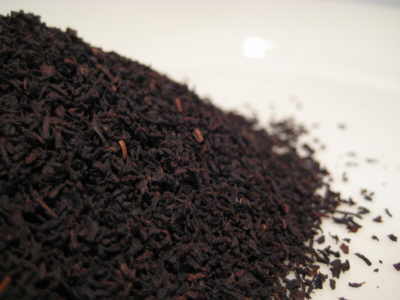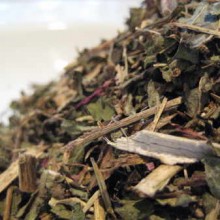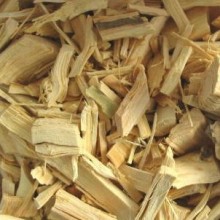Kandy BOP is from the low-lying regions of the same name, this tea is full-bodied with a rosy mellowness.
located in the Central Province of Sri Lanka,Kandy was the last capital of the ancient kings’ era of Sri Lanka. The city lies in the midst of hills in the Kandy plateau, which crosses an area of tropical tea plantations and is both an administrative and religious city and is the capital of the province.
Once the world’s largest producer of tea, the island of Sri Lanka (formerly Ceylon) is renowned for the superior quality of its tea.
The majority of Sri Lanka’s tea gardens are situated in the south-west of the island at a height of between 1,000 and 2,500 metres, which is where this Dickoya Broken Orange Pekoe (BOP) tea originates, with the finest teas grown at the highest altitudes where the cool and slightly misty climate results in a slow growth of the tea bushes, giving these teas their uniquely colourful liquor and intense flavouring.
Tea production is one of the main sources of foreign exchange for Sri Lanka and its major export . It accounts for 2% of its Gross Domestic Product or GDP. That accounted for nearly US $1.5 billion in 2013.
The Sri Lankan Tea industry employs directly or indirectly, over 1 million people, and in 1995 (last recorded data) directly employed nearly a quarter of a million people on tea plantations and estates alone.
Sri Lanka is the world’s fourth-largest producer of tea.
Tea is cultivated in Sri Lanka using the ‘contour planting’ method, where all the tea bushes are planted in serried rank following the contours of the land surface, usually on slopes given that most tea grown there is in the South West hilly regions. For commercial manufacture the ‘flush’ or leaf growth on the side branches and stems of the bush are employed. Generally two leaves and a bud, which have the flavour and aroma, are carefully plucked, usually at some considerable speed by women. Sri Lanka is one of the few countries where each tea leaf is picked by hand rather than through mechanised means.







